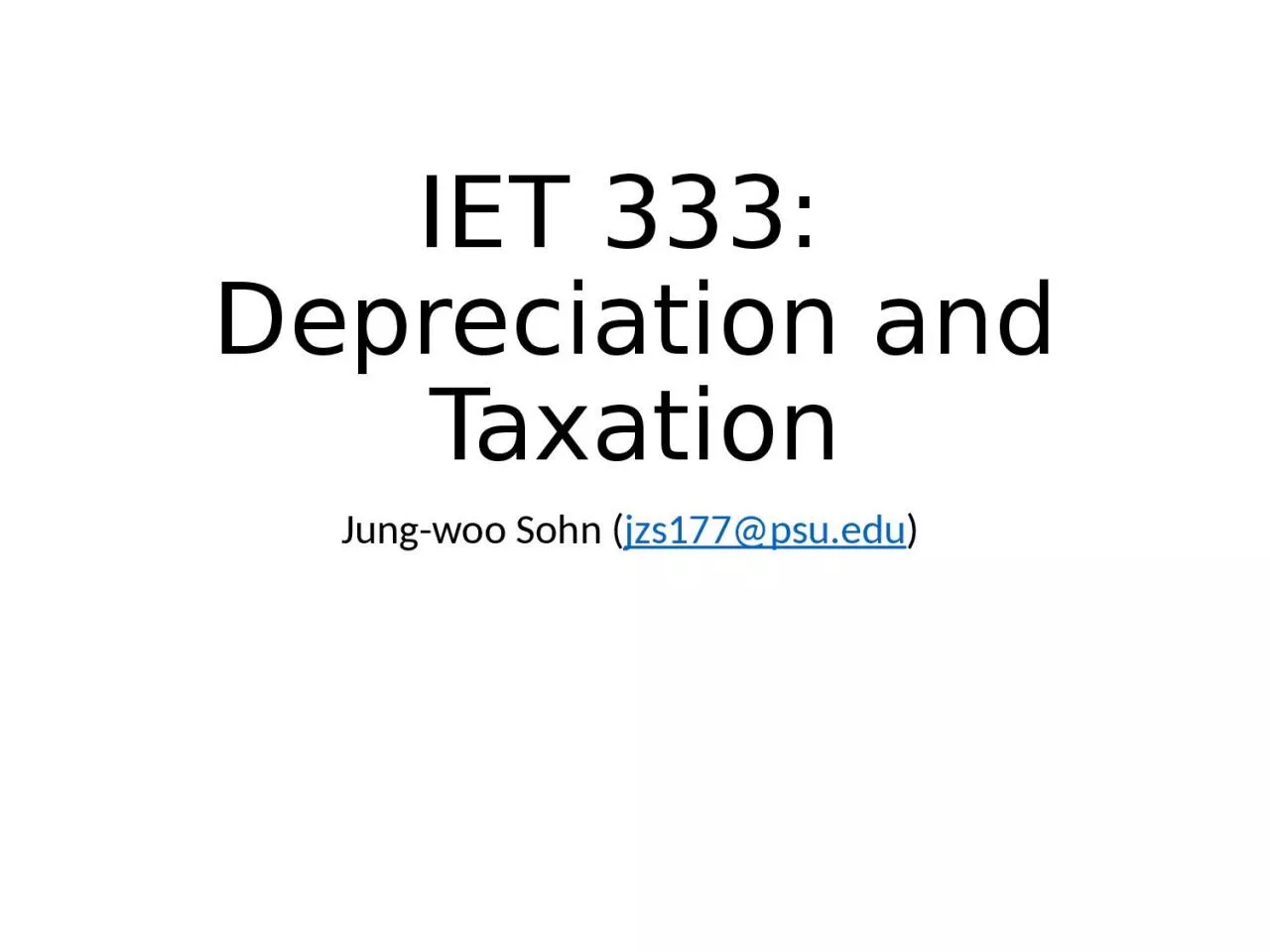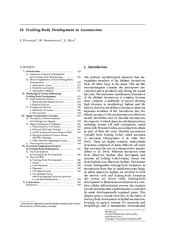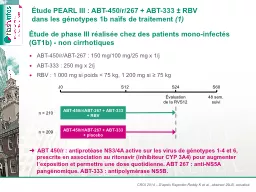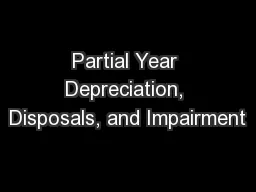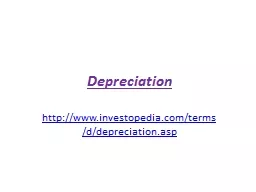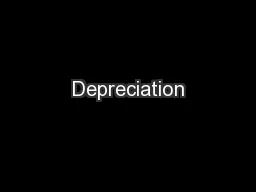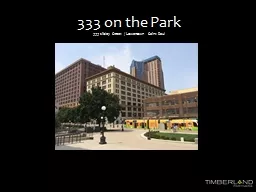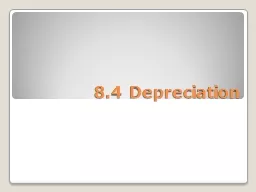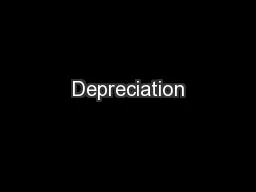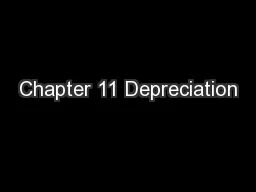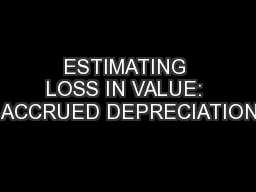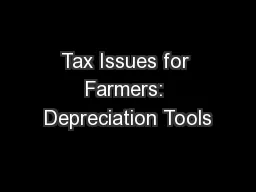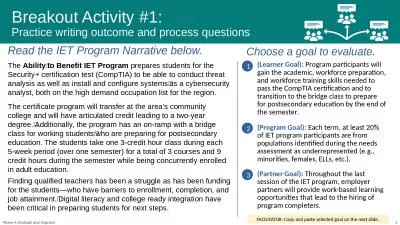PPT-IET 333: Depreciation and Taxation
Author : attentionallianz | Published Date : 2020-08-28
Jungwoo Sohn jzs177psuedu Announcements No class on next Thursday December 11 th Instead we will have a class time on Wednesday evening December 10 th Around
Presentation Embed Code
Download Presentation
Download Presentation The PPT/PDF document "IET 333: Depreciation and Taxation" is the property of its rightful owner. Permission is granted to download and print the materials on this website for personal, non-commercial use only, and to display it on your personal computer provided you do not modify the materials and that you retain all copyright notices contained in the materials. By downloading content from our website, you accept the terms of this agreement.
IET 333: Depreciation and Taxation: Transcript
Download Rules Of Document
"IET 333: Depreciation and Taxation"The content belongs to its owner. You may download and print it for personal use, without modification, and keep all copyright notices. By downloading, you agree to these terms.
Related Documents

